Smoked Paprika: Spice Enthusiast’s Dream or Culinary Overkill?
Ever wondered why your neighbor's grilled ribs smell like a barbecue heaven while yours feel... well, basic? Maybe the missing piece in your spice rack is none other than smoked paprika. Whether you're a seasoned chef or a weekend griller, this vibrant red powder could be the spark you need to elevate your dishes from mundane to magical. Let’s dive into everything you need to know about smoked paprika — and some juicy secrets you probably didn't know.
Table of Contents
- What Exactly Is Smoked Paprika?
- The Holy Trinity: Sweet, Bitter, and Hot
- How to Use It Like a Pro
- 5 Mistakes You’re Making with Smoked Paprika
- Is Smoked Paprika Actually Healthy?
- Storage Secrets: Keep It Fresh Without Wasting a Penny
- Pairing Like a Sommelier: What Goes Well With Smoked Paprika?
- Debunking Myths: Separating Fact from Fiction
- Final Takeaway: Smoke Rings Around Ordinary Flavor
What Exactly Is Smoked Paprika?
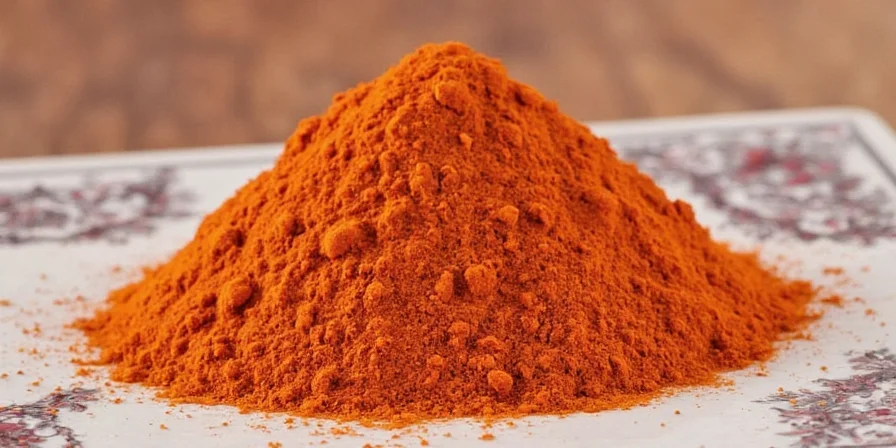
Smoked paprika, known as “pimentón” in Spain, is made by drying peppers over oak wood smoke. Unlike regular paprika, which is simply ground dried peppers, the smoking process infuses it with a deep, woody flavor that can transform any dish into a smoky masterpiece.
| Type | Heat Level | Best For |
|---|---|---|
| Sweet (Dulce) | Low | Mild stews, rice dishes |
| Bitter (Agridulce) | Moderate | Meat rubs, sauces |
| Hot (Picante) | High | Spicy marinades, chili blends |
The Holy Trinity: Sweet, Bitter, and Hot
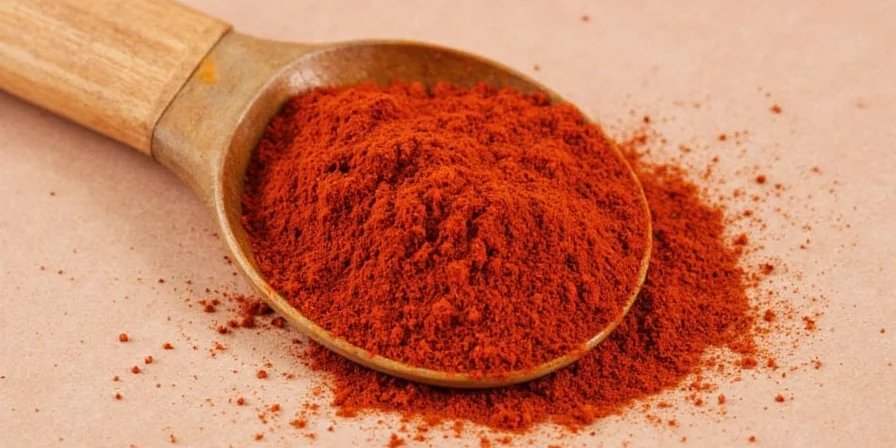
You may not realize it, but there are three main types of smoked paprika, each bringing something unique to the table:
- Sweet (Dulce): Perfect for those who want smokiness without the burn. Think paella or deviled eggs.
- Bitter (Agridulce): A middle-of-the-road option — it adds depth without overwhelming your palate.
- Hot (Picante): Bring the fire! This one’s great for adventurous cooks who love heat with their smokiness.
How to Use It Like a Pro

Don’t just sprinkle it randomly. Here are pro-level moves to make the most out of this spice:
- Rub It In: Mix with olive oil, garlic, salt, and pepper for a killer meat rub before grilling.
- Dust on Desserts? Yes, really. Try a tiny pinch on chocolate brownies for a smoky twist.
- Infuse Oils: Warm up olive oil with a spoonful of smoked paprika and drizzle over roasted veggies or popcorn.
- Boost Soups: Add half a teaspoon to tomato soup or lentil stew for extra warmth.
- Elevate Eggs: Sprinkle over scrambled eggs or avocado toast for breakfast that wakes you up.
5 Mistakes You’re Making with Smoked Paprika
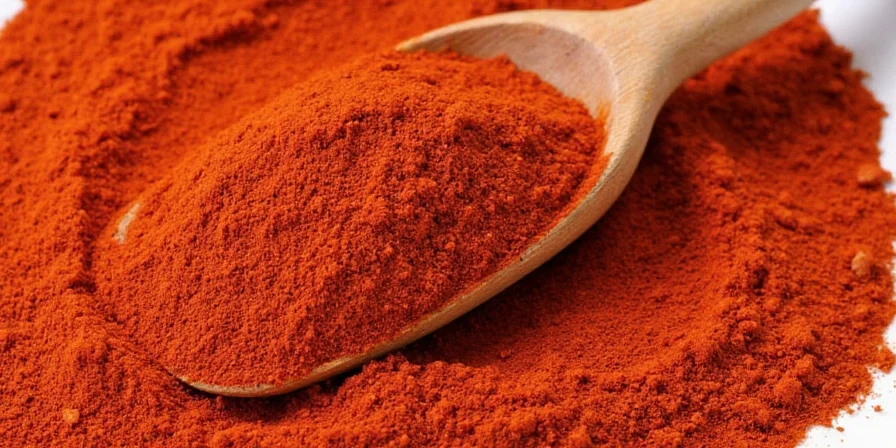
We’ve all been guilty of spice sins. Here are the top five ways people ruin the magic of smoked paprika:
- Overdoing It: Remember, a little goes a long way. Too much can taste like a campfire in your mouth.
- Using Old Stock: Spices don’t last forever. If it’s older than six months, toss it.
- Skipping Toasting: Lightly toasting it in a dry pan releases more flavor — seriously.
- Mixing with Bland Dishes: It shines best when paired with strong flavors like garlic, citrus, or rich meats.
- Assuming All Brands Are Equal: They aren’t. Splurge on Spanish or Hungarian brands for the real deal.
Is Smoked Paprika Actually Healthy?
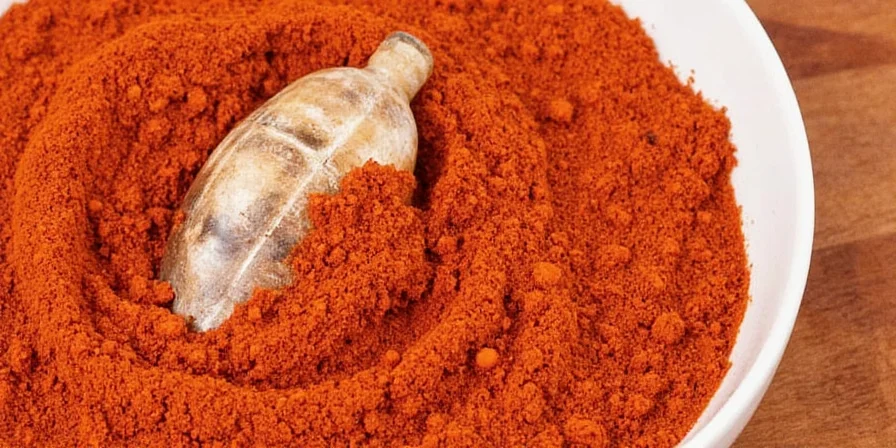
Good news: smoked paprika isn’t just flavorful — it’s got health perks too!
- Antioxidant Boost: Contains carotenoids that fight free radicals.
- Vitamin C Powerhouse: Helps boost immunity and skin health.
- Anti-inflammatory Properties: Capsaicin helps reduce inflammation (in small doses).
- No Added Calories: Sprinkle away without worrying about calories or sugar.
Storage Secrets: Keep It Fresh Without Wasting a Penny
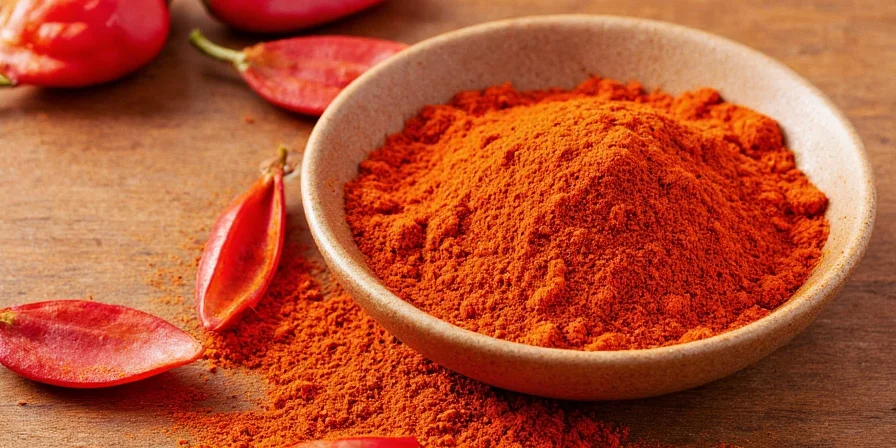
Your spice deserves better than sitting in a dusty jar. Follow these tips:
- Keep Cool: Store in a dark, cool place — like a pantry or drawer.
- Air-Tight Jars Only: Moisture is its enemy. Invest in quality containers.
- Away from Heat Sources: Don’t store near the oven or stove — it degrades faster.
- Label & Date: Know when you bought it so you don’t end up using expired spices.
- Buy Small Quantities: Unless you cook daily with it, stick to smaller jars to avoid waste.
Pairing Like a Sommelier: What Goes Well With Smoked Paprika?
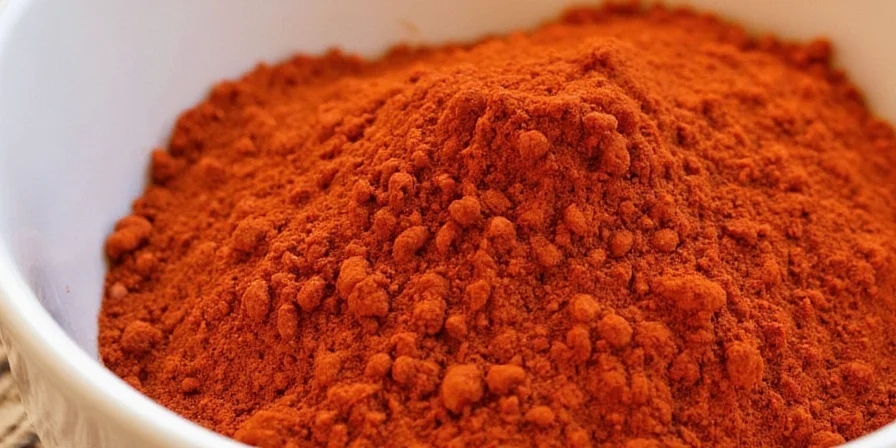
Like wine, smoked paprika has perfect matches. Here's what pairs best:
| Ingredient | Why It Works |
|---|---|
| Garlic | Complements the smoky notes and boosts savory flavor |
| Lime/Citrus | Cuts through richness and brightens the dish |
| Black Pepper | Adds complexity and subtle heat |
| Dark Chocolate | Surprisingly good in mole-style sauces or desserts |
| Pork & Chicken | Perfect for rubs and marinades |
Debunking Myths: Separating Fact from Fiction
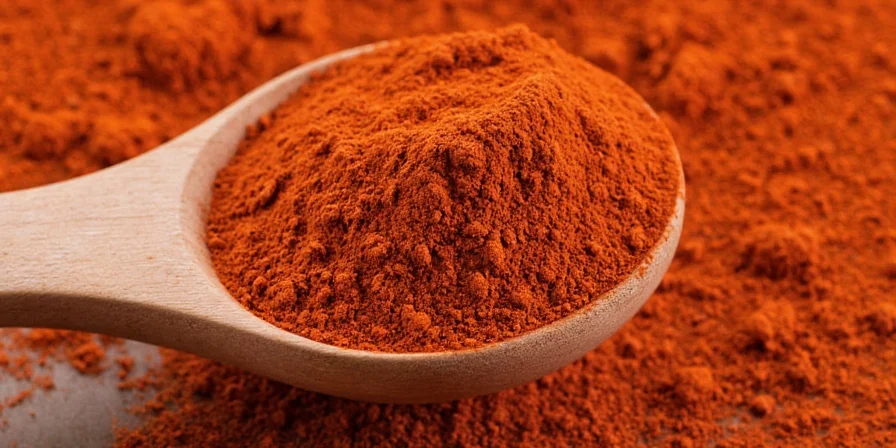
Let’s clear up some common misconceptions once and for all:
- Myth 1: Smoked paprika is spicy.
Fiction. While some types (like picante) are hot, dulce is mild and mostly smoky, not fiery. - Myth 2: It’s just red food coloring.
Fiction. It adds real flavor and aroma, not just color. - Myth 3: You need a lot of it to taste it.
Fiction. Less is often more — especially if you’re new to it. - Myth 4: It’s only for Spanish dishes.
Fiction. Feel free to use it globally — Asian stir-fries, American BBQ, even fusion cocktails! - Myth 5: It’s easy to substitute.
Fiction. No single spice mimics both the smokiness and sweetness — though smoked salt or chipotle powder come close.
Final Takeaway: Smoke Rings Around Ordinary Flavor
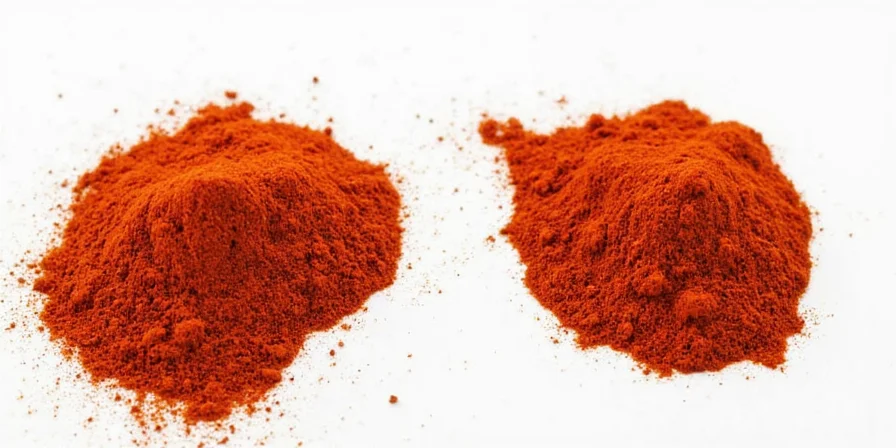
If you haven’t already fallen head over heels for smoked paprika, now’s the time. Whether you’re grilling, roasting, or just trying to make a sandwich pop, this humble spice can do wonders. From choosing the right type to avoiding storage mistakes, we hope this guide arms you with everything you need to become a smoked paprika pro.
So next time you reach for that bottle, remember: a dash of smokiness might be all you need to take your kitchen game from basic to brilliant.

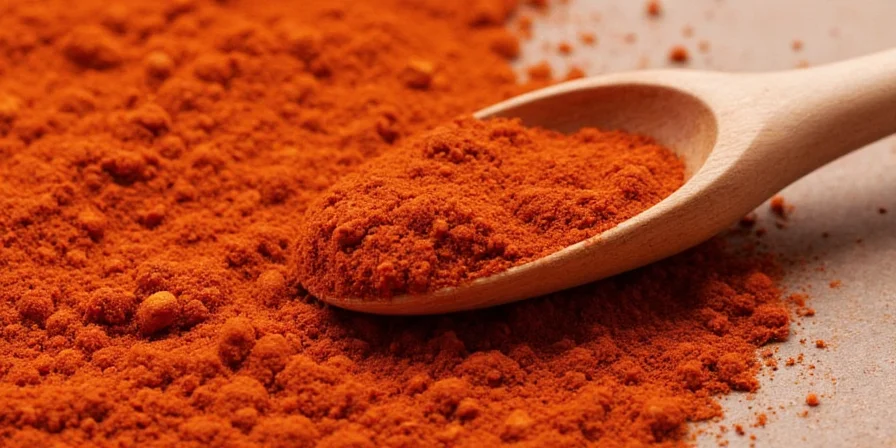









 浙公网安备
33010002000092号
浙公网安备
33010002000092号 浙B2-20120091-4
浙B2-20120091-4